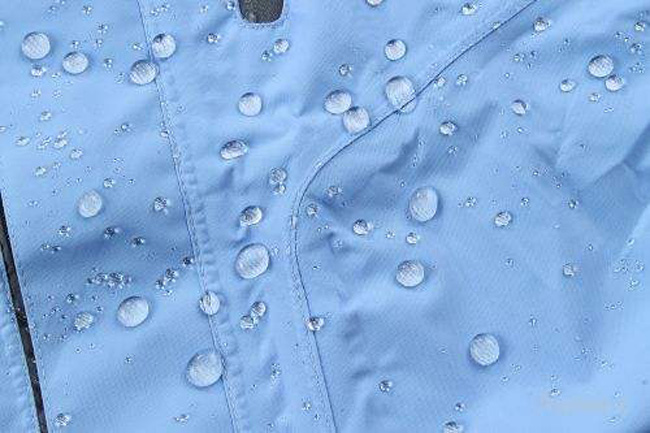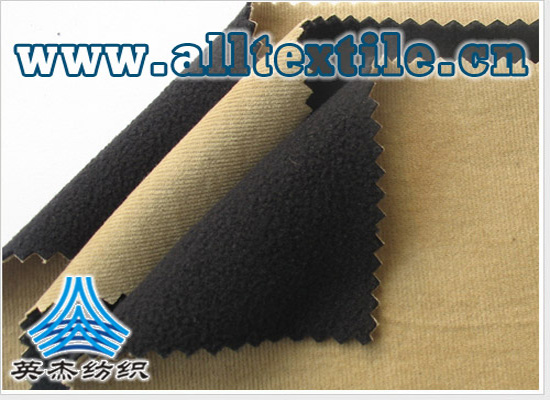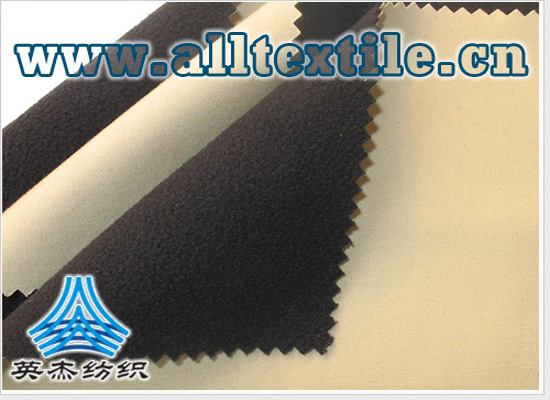Why use flame retardant cloth? Why can flame retardant cloth be fireproof?
What is flame retardant cloth?
Flame retardant cloth refers to a cloth that can automatically extinguish within 2 seconds of leaving the open flame even if it is ignited by an open flame. According to the order of adding flame retardant materials, it can be divided into two types: fiber permanent flame retardant cloth and finishing flame retardant cloth.
The practical approach to flame retardant fabric
Due to the cost of fiber flame retardant and post-finishing flame retardant, currently more post-finishing flame retardants are used in China.
There are two main ways to achieve flame retardant functionality in textiles:
First, the flame retardant with flame retardant function is added to the fiber through polymer polymerization, blending, copolymerization, composite spinning, grafting modification, etc., to make the fiber flame retardant.
Second, the flame retardant is coated on the surface of the fabric or penetrated into the fabric using post-finishing methods. These two methods have different steps in giving fabrics flame retardancy, and the effects they produce are also different. At present, the best way is to modify textiles with nanomaterials and nanotechnology, which is low-cost and has lasting effects. The softness and feel of the textiles have not changed at all, reaching the world’s first-class level.
Generally speaking, fiber flame retardant can make full use of flame retardants than fabric flame retardant, and its effect is more durable and softer to the touch. However, in practical applications, multiple flame retardants are often used to achieve flame retardant effects in two or more ways.

Application of flame retardant curtains
Curtains made of cloth treated with nanomaterials and nanotechnology are flame retardant and also have the following characteristics:
1. On the basis of the basic functions of existing curtains, the functions of flame retardant, heat insulation, heat preservation, sound absorption, sound insulation, antibacterial, mildew proof, waterproof, oil proof, antifouling, dustproof, and antistatic are added and enhanced;
2. The width of curtain fabrics ranges from 1.5 meters to 3.1 meters, which can meet the needs of the height and width of various types of windows;
3. Safe and odorless, green and environmentally friendly, energy-saving and low-carbon, no washing, no maintenance, always clean, water and electricity saving, worry and trouble-free.
Flame-retardant Oxford cloth automatically extinguishes immediately after the fire source is removed, and the burning part is quickly carbonized without melting or dripping, which can effectively prevent the burning and spread of flames and reduce or avoid burns. Flame-retardant Oxford cloth has good durable washing performance, non-toxic and odorless, safe and reliable, breathable and moisture-permeable.
Flame-retardant Oxford cloth is a high-temperature inorganic fiber material with stable chemical properties, fire resistance, heat resistance, high temperature resistance, softness, resistance to various chemical corrosion, good chemical stability, environmental protection, mildew resistance and other properties.
Flame-retardant Oxford fabrics are used in special industries such as protective clothing, automobile interiors, sanitation workers’ clothing, fire-fighting equipment, chemical industry, machinery, etc., and are also used in aviation, chemical industry, building materials, fire protection and other fields.

4. Suggestions for the bundled combustion test of flame-retardant cloth wire products
For flame-retardant cloth wire products, how to choose the bundled combustion test method is one of the focuses of the industry.
First of all, for flame-retardant cloth wire products with conductor nominal cross-section exceeding 35 mm2, since they neither meet the applicable scope of flame-retardant Class D nor meet the test sample installation requirements of Flame-retardant Class A and Class B, the cloth wires within this range For the flame retardant test, only the flame retardant Class C test specified in GB/T 18380.35 should be selected.
For flame-retardant wire and cable products with a conductor nominal cross-section of 35 mm2 and below, although in principle they can be applied to flame-retardant classes A to D, if samples are selected for testing in each flame-retardant category, there will be a sharp increase in the number of tests. The cost of testing, sample cost and even environmental protection pressure, so in actual quality control activities such as sampling, certification or evaluation, the coverage principle is usually used to select representative samples for a certain flame retardant category test, and the priority flame retardant test category is usually sorted For Category A – Category B – Category C – Category D. However, whether this kind of sorting is the optimal solution for wiring products is questioned, especially for wiring products in the category of small cables where the “nominal cross-section of the conductor does not exceed 35 mm2 and the outer diameter does not exceed 12 mm”.

In order to verify relevant data and draw guidance, the China Quality Certification Center (CQC) and Shanghai Lianhui Testing Technology Co., Ltd. (ISTCW) teamed up with eight mainstream domestic wire and cable manufacturers to organize flame retardant verification tests for bundled wires. In the verification test, two typical home improvement wire specifications of two representative insulation materials were selected as verification samples, involving a total of 5 groups of polyvinyl chloride (PVC) insulated ZA-BV 450/750V 2.5 wires and 5 groups of cross-linked wires. Polyolefin (XLPO) insulated WDZA-BYJ 450/750V 2.5 wire. Cable manufacturers strictly follow the wire structure requirements specified in the verification test plan and uniformly prepare verification samples that meet the standard requirements. Subsequent verification samples strictly follow the requirements of the GB/T 18380.33~36-2008 standard and adopt relatively unified sample installation and test operation requirements. , in the same test equipment, 10 groups of verification samples were intensively carried out bundled flame retardant Class A, Class B, Class C and Class D combustion tests (a total of 40 batches of tests).�The vertical flame spread distance after the test was measured.




